2026 Author: Howard Calhoun | [email protected]. Last modified: 2025-01-24 13:10:41
Peat is an invaluable we alth that nature has given to humanity. People have used peat as a biofuel since ancient times. In the modern world, it is used in many fields, such as medicine, biochemistry, agriculture, animal husbandry, etc. This article describes milled peat and its extraction technology.
What is milled peat?
Peat is formed as a result of the decomposition of plants in conditions of limited air access. As a rule, it forms in swampy areas.
Milled peat is a dried crumb of various shapes and sizes obtained by milling extraction. The size of such peat ranges from 5 to 60 mm.
The composition of milled peat includes plant fibers that help maintain the required level of water-air balance. It also contains many nutrients and trace elements (humic acids, potassium, magnesium, phosphorus, calcium, iron, nitrogen), which help the active growth of plants.
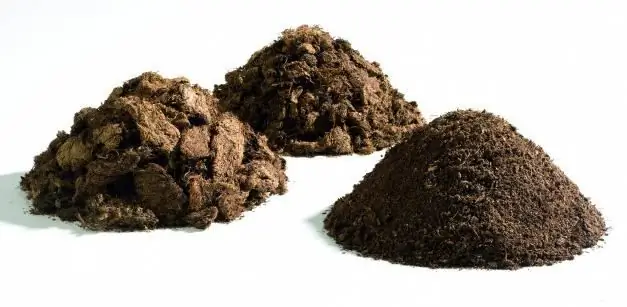
Milled peat extraction technology
The milling method of peat extraction is a layer-by-layer development of peat deposits. The technological process takes place in short cycles and consists of the following stages:
- milling of the upper layer of the array - in this case, it is required to obtain such raw materials, the drying of which would take place most intensively in specific weather conditions;
- tedding of the treated layer - provides loosening and ventilation of fossils, which is necessary to enhance the evaporation of excess moisture;
- rolling dried raw materials - processed peat chips are twisted into rollers;
- raw material harvesting and stacking delivery;
- stacking rollers - involves unloading peat by a harvester in bulk;
- isolation of peat - this process is optional and is carried out only when necessary.
After harvesting the rollers at the place of extraction of thorium deposits, new milling is started and the technological cycle is repeated again according to the described scheme. For one production season, depending on weather conditions and the quality characteristics of the reservoir layer, from 10 to 50 cycles can be carried out.
Before milling, operational areas must be prepared. To do this, the array is drained, it is cleaned from woody and grassy vegetation.
Extraction of peat chips by milling differs from other methods in intensive drying of deposits, low cost and labor intensity, short technological cycle and high level of mechanization.
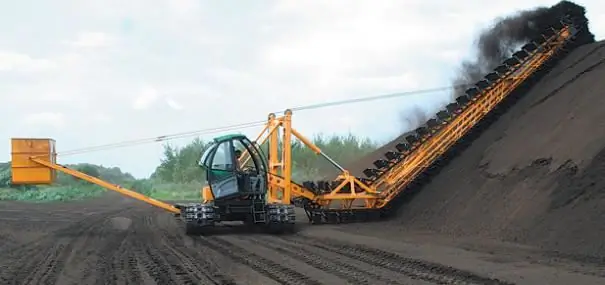
Types of milled peat
Depending on depthoccurrences distinguish between high-moor and low-moor peat. According to this criterion, milled peat is classified. Each species differs in composition, properties and quality characteristics. Let's dwell on each of them in more detail.
High milled peat
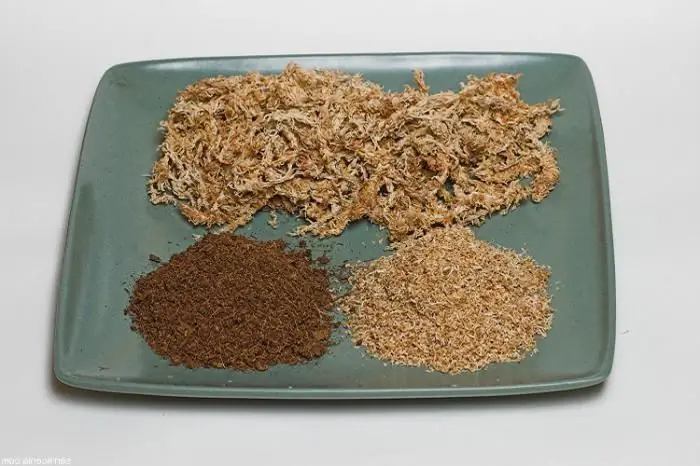
Mountain-type peat raw materials are formed from the remains of plants. It is mainly formed from conifers and moss. This type of peat is characterized by high moisture capacity, which helps to maintain the optimal amount of air and water in the soil. This is very important for plant growth. But due to the lack of useful mineral elements and low ash content, high-moor milled peat is a weak fertilizer. In addition, it is characterized by a low degree of decomposition, which is no less important for plant nutrition with useful substances.
The color of milled horse peat may change with increasing decomposition percentage from light yellow to brown.
Land peat
Peat lowland milling has a dark brown or black color. It is characterized by a high degree of decomposition and contains many useful substances. Also, low-lying deposits are moistened by flood and groundwater, which are a source of calcium.
Land peat has a neutral or slightly acid alkaline reaction.
Well-decomposed peat of the lower layers is dark in color and contains important organic matter - humus. It has a positive effect in the long term on the structure of the soil, increasing its fertility.
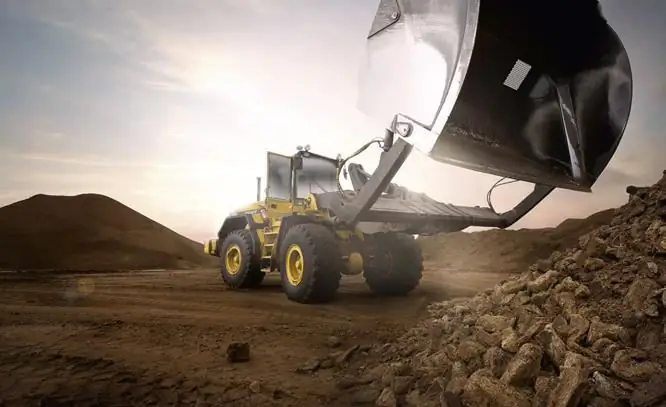
Whereis milling type peat used?
High milled peat is an excellent base for greenhouse soil. Its characteristic ratio of air and moisture capacity helps to create favorable conditions in the root-forming soil layers in closed ground. For this reason, high-moor peat is used for growing strawberries, various seedlings, and flowers. It does not contain weed seeds, pests and various pathogens, which greatly facilitates the use of peat in greenhouses and greenhouses. In addition, it is used in agriculture as bedding material in places where poultry and animals are kept. The fact is that such peat perfectly cleans the surrounding air and contributes to the prevention of many dangerous diseases. Thus, the top peat is not only practical to use, but also very safe.
Also, riding-type peat has found its application in industry. So, it is often used as a filter component in treatment plants.
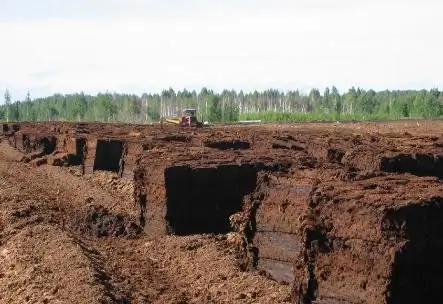
Low type peat has found wide application. So, its introduction into the soil significantly improves such characteristics of the soil as density, porosity, moisture capacity, nutritional and microbiological composition. The use of this peat helps to reduce nitrates in cultivated crops by 2-3 times.
Most often, lowland peat is used to fertilize marginal soils to saturate them with useful substances. It also allows you to bind sandy loose soil and loosen dense clay soil. Due to its propertieslowland peat prevents the soil from drying out and retains a sufficient level of moisture, which increases the yield of grown plants. A good harvest can be obtained from growing potatoes, various vegetables and berries in peat soil.
The lowland peatland is an excellent base for making compost. To do this, mix straw, manure, household waste, potash and phosphate fertilizers with peat crumbs.
Milling peat is quite widely used for the production of briquettes. Peat lends itself well to this process and does not require binding additives. Such briquettes are used for heating residential and industrial premises.

The cost of milled peat
In modern production conditions, many industries buy milled peat. The price for it depends on the physical and chemical properties of the array and the complexity of the process. So, horse peat is much cheaper. Deposits located at great depths are considered very valuable and multifunctional. An important indicator that determines how lowland milling peat will be sold is the price. The use of peat for many purposes directly affects the increase in production. This stimulates the development of the peat industry and the economy as a whole.
Recommended:
Hoskold method, Ring method, Inwood method - ways to recover investment capital

When a person invests his own money in an income-generating object, he expects not only to receive profit from the invested capital, but also to fully repay it. This can be done through resale or by obtaining such profits that not only bring interest, but also gradually return investments
Universal metal milling machines

Metal milling machines have high performance, durability and reliability. They are characterized by high quality and precision processing. These units have individual guide lubrication and automated assembly lubrication
Cutting speed for milling, turning and other types of mechanical processing of parts
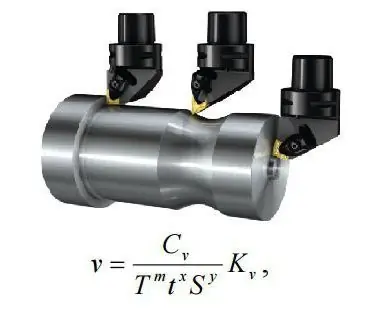
Calculation of cutting conditions is the most important step in the manufacture of any part. It is very important that the calculation itself be rational. This is due to the fact that for various mechanical operations it is necessary to individually select the cutting speed, spindle speed, feed rate, and also the depth of cut. A rational mode is one in which production costs will be minimal, and the quality of the resulting product will be as accurate as possible
Milling is Milling fixture and procedure description
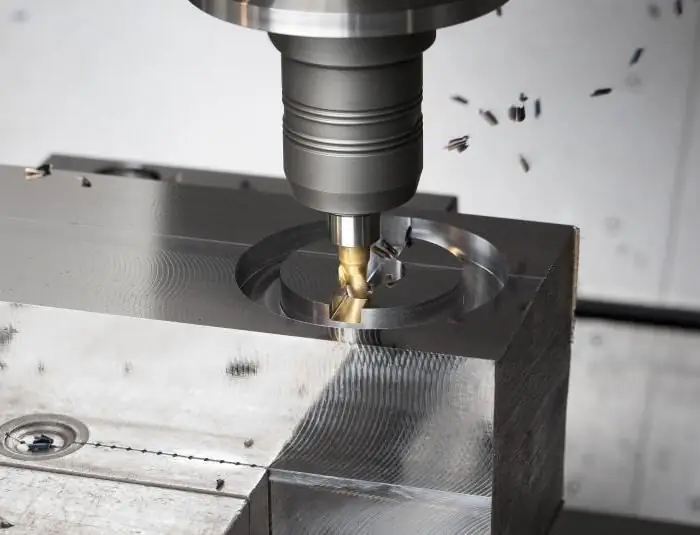
Milling is a surface treatment method based on the alternate operation of the teeth of the cutter. There is a huge variety of tools depending on their functional purpose, processed materials, characteristics of manufactured parts
Peat as a fertilizer for your site

Peat as a fertilizer can be a very effective tool. However, if you simply scatter it across the field, then this will not work. In addition, the improper use of this tool will only harm the plants, increasing the acidity of the soil and enriching it with harmful organisms

